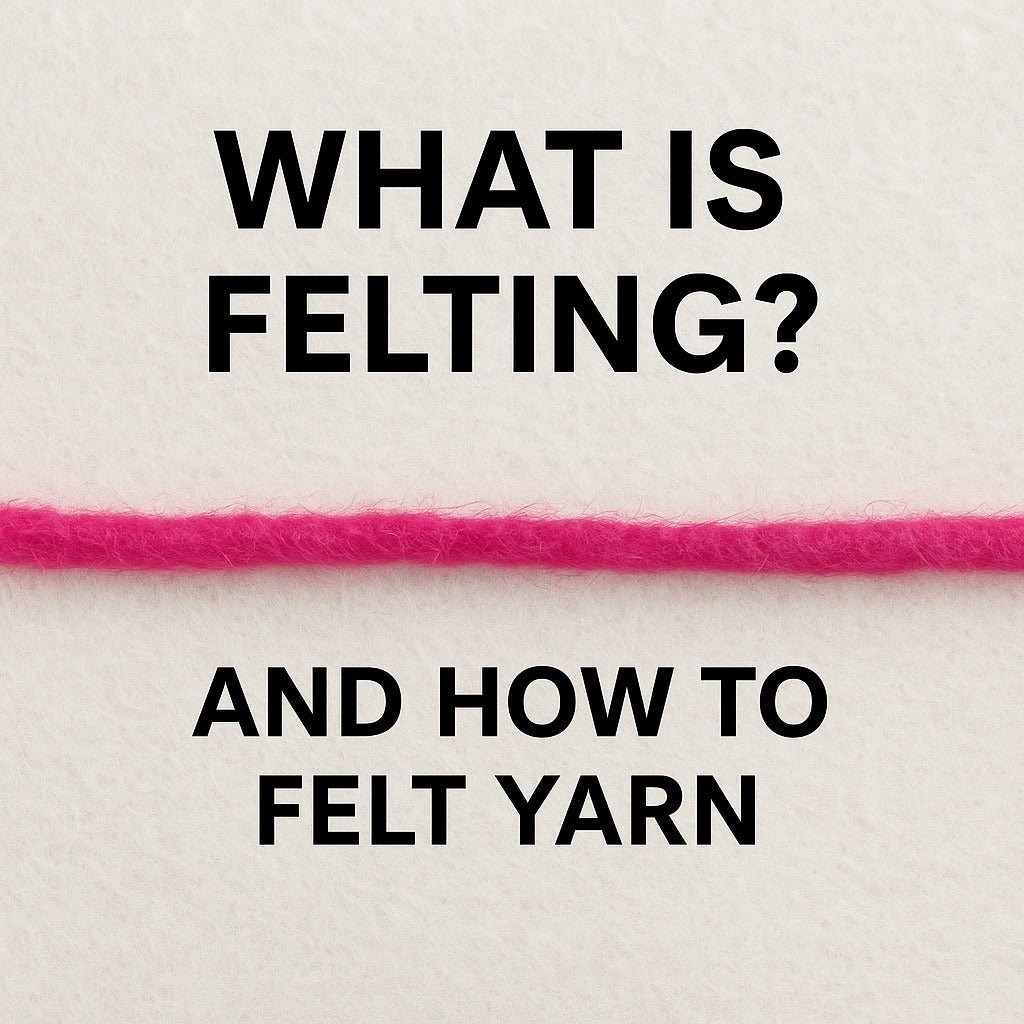Knitting is a beloved craft that has woven its way through centuries of history, transforming from a practical skill to a cherished hobby and even an art form. Its journey is rich with cultural significance and technological advancements, reflecting the creativity and resilience of knitters across the ages. In this blog post, we will explore the fascinating history of knitting, tracing its origins, evolution, and impact on societies around the world.
Ancient Beginnings
The exact origins of knitting are somewhat elusive, with no definitive evidence pinpointing when or where it first began. However, historians and archaeologists believe that knitting, as we know it today, likely developed around the 5th century CE.
Early Evidence
The oldest known knitted artifacts were found in Egypt, dating back to the 11th century. These items include finely knitted socks made from cotton, featuring intricate patterns and designs. The sophistication of these early pieces suggests that knitting was already a well-developed craft by this time.
Predecessor Crafts
Before knitting, other textile techniques such as nalbinding and crochet were prevalent. Nalbinding, an ancient method using a single needle to create fabric, shares some similarities with knitting but is distinct in its construction. These techniques likely influenced the development of knitting, providing a foundation for its growth.
The Middle Ages
Knitting began to spread across Europe during the Middle Ages, gaining popularity for its practicality and versatility.
European Adoption
By the 13th century, knitting had reached Spain, where the Moors played a crucial role in its introduction. The technique quickly spread to other parts of Europe, including Italy, France, and England. During this period, knitting guilds were established, particularly in Spain and Germany, elevating the craft to a respected profession.
Religious Influence
Knitting was also embraced by the Church, with clergy and nuns producing knitted garments and accessories for religious and charitable purposes. The production of elaborate, knitted liturgical garments, such as gloves and stockings, showcased the skill and artistry of medieval knitters.
The Renaissance and Beyond
The Renaissance period saw further advancements in knitting techniques and materials, solidifying its place in European culture.
Technological Innovations
The invention of the knitting machine in the late 16th century by William Lee, an English clergyman, revolutionized the craft. Lee's stocking frame could produce knitted fabric at a much faster rate than hand knitting, leading to the growth of the knitting industry. Despite initial resistance from hand knitters and the monarchy, the knitting machine eventually gained acceptance and widespread use.
Fashion and Function
Knitting became an essential part of everyday life, with knitted garments such as stockings, caps, and gloves becoming commonplace. The versatility of knitted fabrics allowed for the creation of both functional and fashionable items, catering to various social classes and needs.
The Industrial Revolution
The Industrial Revolution brought significant changes to knitting, with the mechanization of textile production transforming the craft.
Mass Production
Advancements in machinery and technology enabled the mass production of knitted goods, making them more accessible and affordable. Factories and mills produced a wide range of knitted items, from clothing to home furnishings, meeting the demands of a growing consumer market.
The Decline of Hand Knitting
With the rise of industrial knitting, hand knitting experienced a decline. However, it remained an important domestic skill, particularly in rural areas where homemade garments were still valued for their warmth and durability.
The 20th Century and Revival
The 20th century witnessed a resurgence of interest in hand knitting, driven by cultural shifts and a renewed appreciation for handmade crafts.
World Wars Influence
During both World War I and World War II, knitting played a vital role in supporting soldiers and civilians. Knitting for the war effort became a patriotic duty, with women and children producing socks, scarves, and other items for troops. These periods saw a surge in knitting patterns and instructional booklets, fostering a sense of community and purpose.
Post-War Boom
After the wars, knitting experienced a boom in popularity, becoming a fashionable hobby. The 1950s and 1960s saw the rise of knitting clubs and magazines, promoting new patterns and techniques. The introduction of synthetic fibers also expanded the possibilities for knitters, offering more affordable and versatile materials.
Modern Renaissance
In recent decades, knitting has enjoyed a renaissance, driven by the DIY movement and a growing interest in sustainable, handmade goods. Social media platforms and online communities have connected knitters worldwide, fostering the exchange of ideas, patterns, and inspiration. The craft has also gained recognition as a form of art, with contemporary knitters pushing the boundaries of traditional techniques and creating innovative, expressive pieces.
Conclusion
The history of knitting is a testament to human ingenuity and creativity, evolving from a practical necessity to a cherished craft and art form. From its ancient beginnings to its modern revival, knitting has woven its way through cultures and societies, leaving a lasting legacy. As we continue to explore and innovate within this timeless craft, we honor the rich history and traditions of knitters who have come before us. Happy knitting!



